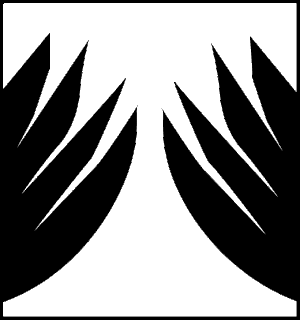After going to a drug store and examining the different types of products they sell, I noticed that a column had to be added in order to accommodate the proper information needed to take the drug or vitamins. Depending on the size, the bottle either had the information on the bottom or on the right so the person buying the product would be able to get the most accurate information needed, the smaller bottles didn't even have the information because they were lacking the space required. The thing that's common on all drug labels is the drug facts, it always as a warning label, directions, active ingredients, purpose, and the use for the drug. The things I would change in order to improve the label is to make the text bigger in order for people to see the warnings and uses much easier. I would also use a different color like red to make the most important information stand out so people can take precautions before taking the drug.
Here's an example:
Thursday, October 20, 2011
Friday, October 7, 2011
Friday, September 30, 2011
Sunday, September 4, 2011
Web 1.0, 2.0, 3.0
http://www.mcdonalds.com/us/en/home.html
Web 1.0 could be considered a business, food menu, or store directory that can be found on the Internet. An example of Web 1.0 could be McDonald's because of the fact that it lists all the different products it sells. As well as all the store locations in different countries and the ones are around your area.
In Web 2.0 users are able to interact and collaborate with each other in a social media dialogue as creators of user-generated content in a virtual community. Meaning that anyone can talk to each other or share information via any 2.0 website. An example of this marvelous revelation is Wikipedia because of the fact that it allows anyone to post, edit, or even delete information on a specific topic
In Web 3.0 people are able to use search engines to find specific products, topics, or information. Such Web 3.0 websites contain tons of documents that enable users to get the information they wanted. They're able to get an exact result for any specific thing they're looking for. An example could be Yahoo because of the fact that it's a search engine as well as a semantic website that enables the user to get a direct result on the specific keyword they were looking for.
Thursday, August 25, 2011
New Media Article
1. The characteristics of new media are that it holds out a possibility of immediate access to content at anytime and anywhere on any digital device, as well as interactive feedback to the user, and its also networkable meaning that anyone in the world can socialize with one anther about certain issues or concerns.
2. Three similarities with new media and traditional media are that traditional media involved video, radio (usually audio) and text. In new media you get the same things that traditional media offers but in one single package. They also have the same creative concepts in which its created, published, and distributed. Both of them also share the same purpose in distributing information to the viewer of the concept. Three differences between them are that new media doesn't include television programs, movies, magazines, books, or publications that are based on books unless they contain technologies that allow digital interactivity. Another difference is that old media required a journalist to specialize in the specific information that he was covering but in new media it requires a journalist to become fluent on the things he or she is covering, they have to know specific names, dates, and places. Another difference is that in new media most of the things that are published are high tech meaning that it can be found in the Internet but in traditional media it would published in the newspaper.
3. Four examples of new media are the Internet, computer games, DVDs, and websites. Four examples of traditional media are newspapers, magazines, books, and movies.
4. The term "New Media" is problematic because the entire concept its covering isn't new, what new media does is pretty much give it an upgraded look it's the same thing as traditional media but just upgraded with new high tech features.It is also problematic because of the fact that it changes everytime.
5. An alternative name for "New Media" is Modern Day Media.
Subscribe to:
Comments (Atom)




